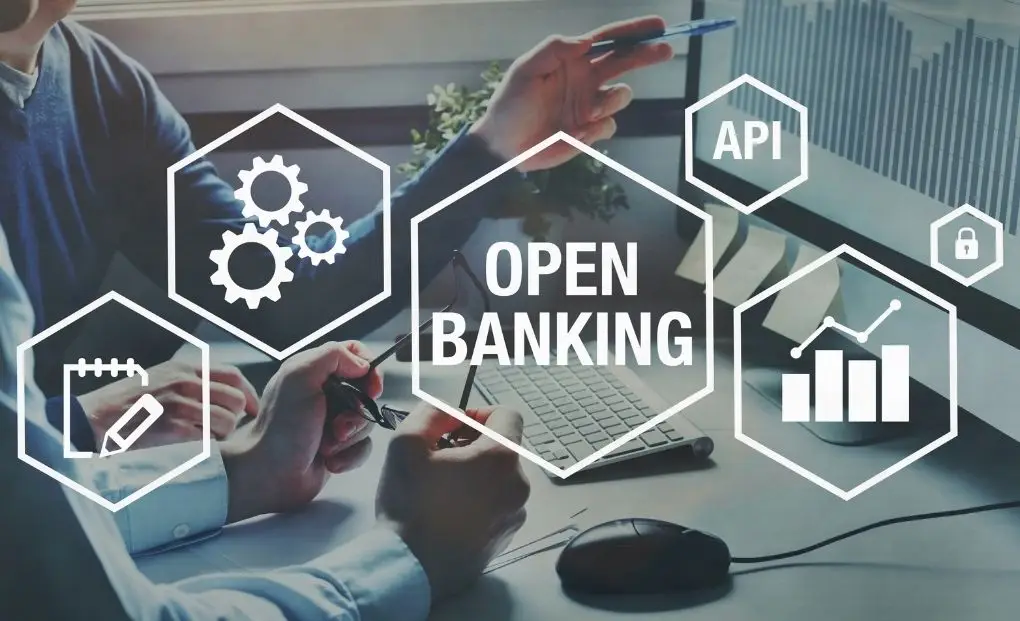The ‘Open Banking’ era began in July 2020, but many clients are not yet aware of it. Open Banking makes it easier for small businesses and customers of the four big banks to look for new and better options in business banking and lending. Prior to this, both consumers and business owners found it difficult, if not impossible, to retrieve their personal and financial data from lenders and provide it to other accredited banks and fintech organisations. These barriers made it difficult to access new financial services and/or products or change to competing ones that could well be more suitable.
What is Open Banking?
Open Banking is the first segment of the CDR (Consumer Data Right). The CDR Legislation was passed in August 2019, which essentially gives customers control of their own data and allows that data to be shared with third parties. The lead regulator of the CDR is the ACCC (Australian Competition and Consumer Commission), who envisages that the CDR will develop into an economy-wide system that enables the secure transfer of consumer data.
With the first phase of Australia’s open banking system now live, consumers will have more control over personal and financial information retained by banks. It will be easier for both small businesses and consumers to access information from their bank, leading to better banking deals and the option of switching bank products.
CEO of the ABA (Australian Banking Association), Anna Bligh, welcomed open banking, stating that it gives consumers the opportunity to look for better deals on banking products. She added that this is a defining moment for competition within the banking industry, which will eventually allow every Australian access to their data to use for their own benefit.
In this post we’ll take a closer look at how open banking works, including the challenges and benefits of this scheme.
Notable Features of Open Banking
The ABA states that open banking gives consumers the right to share their banking data, like account balances and transactions histories, with ACCC-accredited third parties. These might include financial institutions, other banks, or authorised organisations like fintech businesses. As the consumer, you’re in complete control over who can access your data, as well as how your data can be used under the open banking system.
How To Use Open Banking
Consumers have a number of ways to make the most of their data through open banking. Let’s say you want to change to a new bank to sign up for a credit card or open a savings account. To achieve either of these you would be required to put together all the banking documentation, like identification documents and transaction histories, then apply at that bank either over the phone or online. This all changes with open banking. By clicking a few buttons you can request that your existing bank forward your information to the new bank.
Another alternative is to use the open banking system to allow authorised providers, like a budgeting app or comparison service, access to your data. With this information they can provide services like budgeting tools and alerts, plus offer recommendations and/or product options that are potentially more suitable for your own financial status.
Types of Data Sharable Through Open Banking
As of July 1st, 2020: Any customer of the four big banks (NAB, ANZ, Westpac, and Commonwealth) can request and share data from their deposit account, transaction account, debit card, and credit card with an accredited data recipient. For the purpose of this post, the definition of an ‘accredited data recipient’ is any authorised provider who is the recipient of a consumer’s data after the consumer has given consent for this data to be shared.
As of November 1st, 2020: Any customer of the four big banks has the right to ask for and share information with accredited data recipients from their personal loans, investment loans, home loans, joint accounts, direct debits, scheduled payments, and closed accounts; this also includes payee data.
Other ADIs (authorised deposit-taking institutions) and smaller banks will have until July 2021 to opt into the open banking system; this will enable their customers to request and share data.
What Happens to Data In The Open Banking System?
With Australia’s new open banking system, your data can be sent and received by financial institutions, authorised banks, and other accredited businesses. Under open banking most ADIs are automatically accredited to receive and hold data; however, fintech companies and other non-ADI organisations who want to accept data via open banking must become accredited data recipients. Accreditation can be applied for through the ACCC, and organisations must acknowledge compliance with the strict requirements.
Consumer Benefits of Open Banking
The Australian Government and ABA believe the key benefits of open banking to consumers may include –
- Quick and easy sign-up for new credit/debit cards and other financial products.
- Time saved in switching from one bank to another.
- Locating personalised and tailored products more suited to a consumer’s situation.
- The use of budgeting tools to assist in planning and tracking spending.
- Offering an holistic view of all finances.
Note that open banking will be free in Australia.
In Conclusion
This new open banking system in Australia will provide better access to consumers’ data, ensuring they’re able to make better and more informed decisions regarding financial products that are suitable for them. It’s also hoped it will drive competition in the financial services sector, encouraging innovation and delivering new and better services and products.
Open banking is very new in Australia and it could be a while before consumers become fully aware of the great benefits of this scheme.
The information in this article is general in nature and might not be right for your circumstances. Please arrange a meeting with one of our Accountants to discuss your particular needs.





